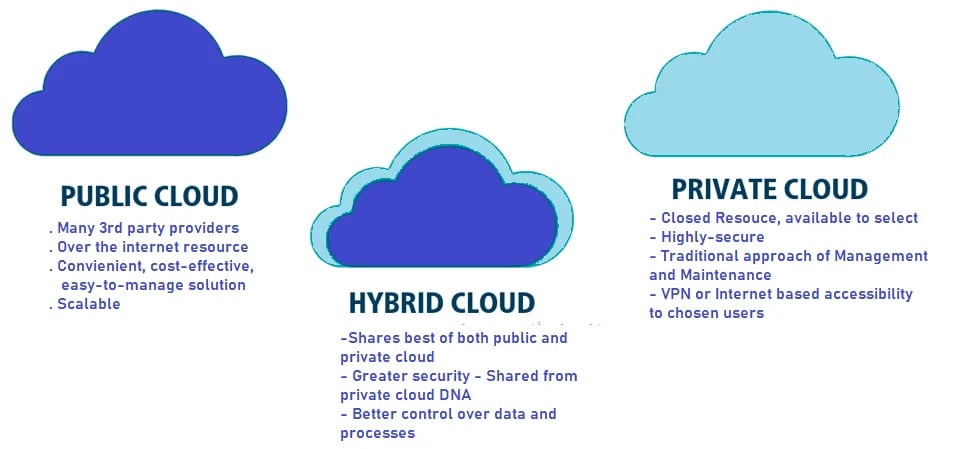JDK 19: The new features in Java 19
[ad_1]
Java Advancement Kit 19, due this September, has just experienced a seventh aspect proposed for it: structured concurrency, to simplify multithreaded programming. Structured concurrency joins 6 past capabilities like file patterns, a preview of a international operate and memory API, and assist for the open resource Linux/RISC-V instruction set architecture (ISA).
JDK 19, or simply just Java 19, most likely could host a wide selection of features, ranging from common generics to value objects, according to options underway for enhancing Java. JDK 19 would abide by JDK 18, which arrived March 22. Conventional Java is on a six-thirty day period release cadence.
OpenJDK’s developers have released an official launch plan for JDK 19, which has it arriving September 20 as a output launch, preceded by rampdown phases June 9 and July 21, and launch candidates to be released August 11 and August 25.
Early accessibility builds of JDK 19 can be accessed from jdk.java.web/19. Proposed JDK 19 characteristics include:
- Structured concurrency, in an incubator period, is intended to simplify multithreaded programming via a structured concurrency library. This concurrency treats many duties working in different threads as a one device of perform, to streamline mistake handling and cancellation. Trustworthiness and observability are enhanced.
- A preview of record designs, to deconstruct document values. Record patterns and form styles can be nested to allow a declarative, highly effective, and composable form of info navigation and processing. Objectives of the proposal involve extending sample matching to specific more advanced, composable facts queries though not shifting the syntax or semantics of style styles. This proposal builds on pattern matching for
instanceof, delivered in JDK 16 in March 2021. Foreseeable future plans may possibly phone for file patterns to be prolonged with capabilities these kinds of as array styles andvarargstyles. Record patterns is aspect of Project Amber, an effort and hard work to explore and incubate scaled-down, efficiency-oriented Java capabilities. - A preview of a international operate and memory API, which would introduce an API by which Java courses can interoperate with code and information exterior the Java runtime. By proficiently invoking international capabilities (i.e., code outdoors the Java runtime) and securely accessing overseas memory (i.e., memory not managed by the JVM) the API allows Java plans to simply call indigenous libraries and course of action native data with out the danger and brittleness of the Java Indigenous Interface (JNI). The international functionality and memory API brings together two previously incubating APIs: the overseas memory accessibility API and the overseas linker API. The foreign operate and memory API was formerly incubated in JDK 17 and reincubated in JDK 18. The proposal’s aims involve relieve of use, performance, generality, and safety.
- A preview of digital threads, which are lightweight threads that drastically minimize the exertion of creating, protecting, and observing higher-throughput, concurrent apps. Ambitions incorporate enabling server purposes prepared in the very simple thread-for each-request design and style to scale with in the vicinity of-optimal components utilization, enabling existing code that utilizes the
java.langThread API to undertake digital threads with negligible modify, and empower troubleshooting, debugging, and profiling of digital threads with present JDK applications. It is not a goal of this proposal to change the simple concurrency product in Java or provide a new information parallelism construct in both the Java language or Java libraries. Nor is it a objective to eliminate the standard implementation of threads or to silently migrate present applications to use virtual threads. - A 3rd preview of sample matching for swap expressions and statements, extending sample matching to
swap, to allow an expression to be analyzed versus a range of styles, every single with a particular action, so intricate info-oriented queries can be expressed concisely and safely and securely. This ability beforehand was previewed in JDK 17 and JDK 18. The 3rd preview would increase refinements together with the substitute of guarded patterns withwhenclauses inswapblocks. Also, the runtime semantics of a pattern switch when the worth of the selector expression is null are a lot more intently aligned with legacyswitchsemantics. The plan’s goals involve growing the expressiveness and applicability ofswitchexpressions and statements by enabling patterns to seem in case labels. Other goals include letting builders to loosen up the historic null-hostility ofswitchwhen wished-for, escalating the protection ofswapstatements and making certain that presentchangeexpressions and statements proceed to compile with no improvements and execute with identical semantics. - A fourth incubation of a vector API that would express vector computations that reliably compile at runtime to optimal vector recommendations on supported CPU architectures, thus accomplishing efficiency exceptional to equal scalar computations. Builders applying the API attain a way to compose complicated vector algorithms in Java, using the HotSpot vehicle-vectorizer but with a consumer model that tends to make vectorizations a lot more predictable and sturdy. The vector API beforehand was incubated into JDK 16, JDK 17, and JDK 19.
Enhancements to the API proposed for JDK 19 consist of enhancements to load and shop vectors to and fromMemorySegments, as outlined by the International Purpose and Memory API preview. JDK 19 would also add two cross-lane vector functions, compress and extend, together with a complementary vector mask compress procedure. The compress vector procedure maps lanes of a source vector, picked by a mask, to a location vector in lane buy, though the broaden procedure does the inverse. The compress procedure is helpful in filtering question outcomes.
In another addition to the vector API, bitwise integral lanewise operations would be expanded, which include operations these kinds of counting the range of just one bits, reversing the buy of bits, and compressing and increasing bits. Objectives of the API included getting clear and concise, system-agnostic, obtaining dependable runtime and compilation effectiveness on x64 and AArch64 architectures, and enabling “sleek” degradation, for circumstances in which a vector computation can’t be totally expressed at runtime as a sequence of vector operations. - With the Linux/RISC-V port, Java would obtain aid for a hardware instruction established that is previously supported by a extensive variety of language toolchains. RISC-V in fact is a relatives of similar ISAs. The Linux/RISC-V port would only aid the RV64GV configuration of RISC-V, a typical intent 64-little bit ISA that features vector guidelines. The developers of Java may possibly contemplate other RISC-V configurations in the long run.
The port would assistance the subsequent HotSpot VM options: the template interpreter, C1 (consumer) JIT compiler, C2 (server) JIT compiler, and all existing mainline rubbish collectors which include ZGC and Shenandoah. The actual porting is practically full the target of the JDK Enhancement Proposal (JEP) is integration of the port into the JDK mainline repository.
Like JDK 18, JDK 19 is thanks to be a limited-term release, with only 6 months of major-level, Leading assistance.
The preceding release, JDK 17, was a Lengthy Term Help (LTS) launch, with a number of years of guidance. It arrived September 14, 2021.
Copyright © 2022 IDG Communications, Inc.
[ad_2]
Resource hyperlink




